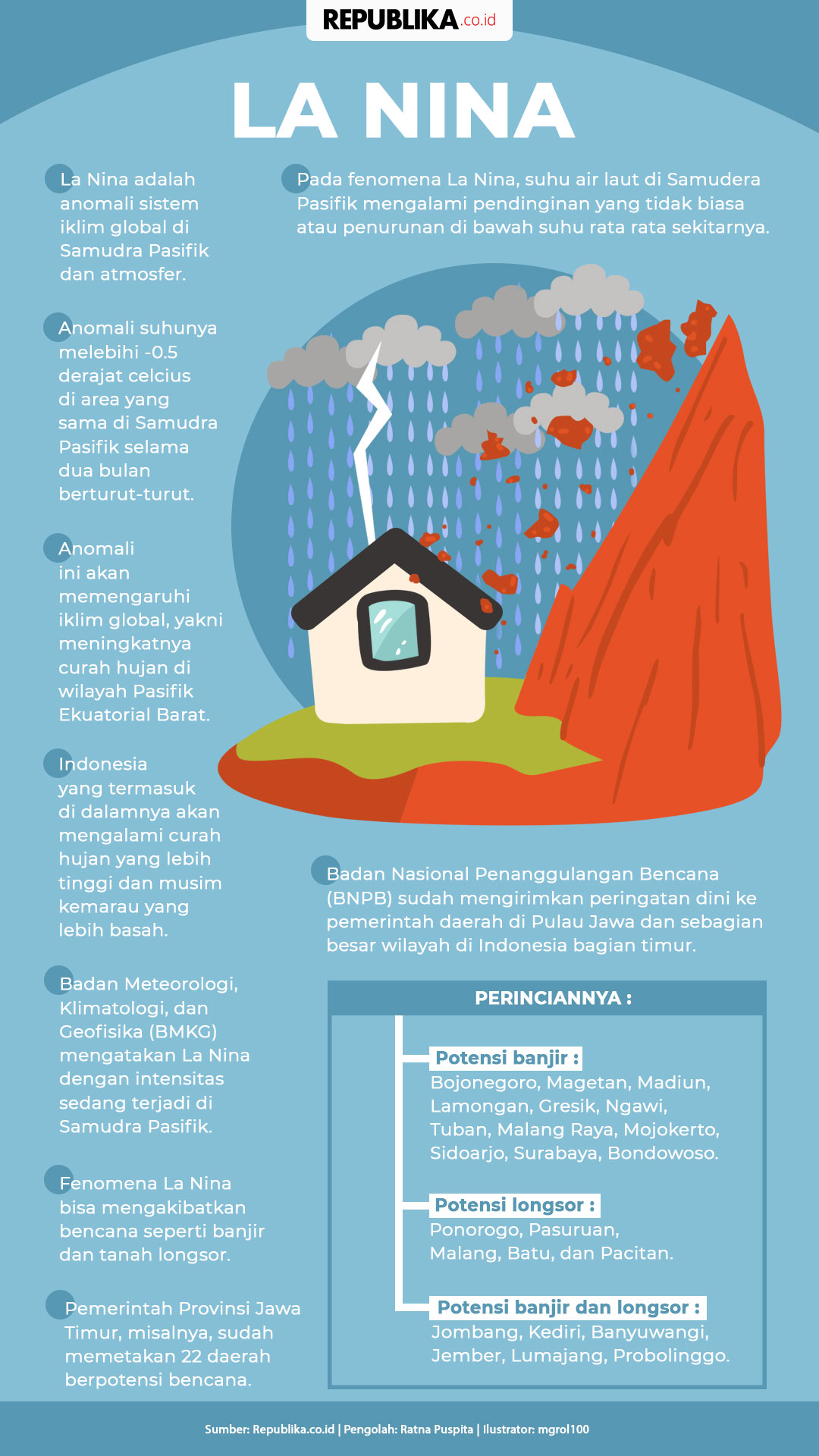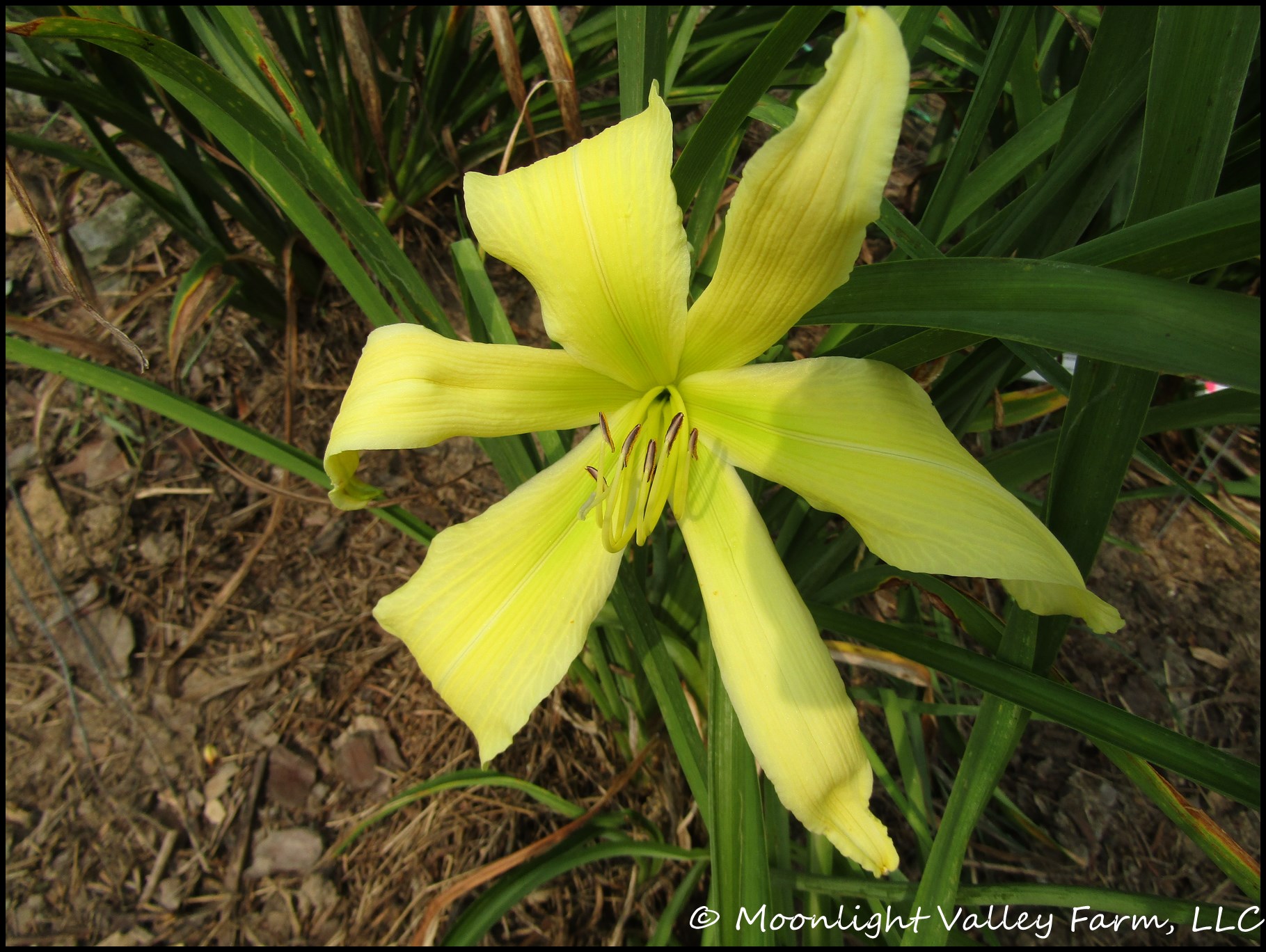Table of Contents
- Fenomena La Nina Tingkatkan Curah Hujan di Indonesia - Foto Liputan6.com
- La Nina to cause heavy rainfall across Indonesia until February ...
- La Nina - .00 : MoonlightValleyFarm.com - Store
- La Nina Watch declared for Australia | news.com.au — Australia’s ...
- La Nina Di Indonesia Dapat Mengakibatkan | Fenomina
- What is La Nina? La Nina Causes and Effects | Updated 2025 - AhaSlides
- La Nina w Australii. Mniejsze ryzyko pożarów buszu przy większym ...
- indiajobbuzz: La Nina Influences 2020 as India Records Above Normal ...
- La Nina WIP 2 by hmoob-phaj-ej on DeviantArt
- La Nina Là Gì? Nhận Định Về La Nina Năm 2024


:strip_icc():format(webp)/kly-media-production/medias/4884692/original/091681100_1720262156-20240706-La_Nina-ANG_2.jpg)
What is La Niña?


Causes and Effects of La Niña



Impact on Global Food Production
La Niña can have significant impacts on global food production, particularly in regions that are heavily reliant on agriculture. The changes in weather patterns can lead to: Crop failures due to drought or excessive rainfall Reduced crop yields due to cooler temperatures Increased food prices due to reduced supply
Monitoring and Predicting La Niña
Scientists use various methods to monitor and predict La Niña events, including: Satellite imagery to track changes in sea surface temperatures Computer models to forecast weather patterns Climate indices to track the strength and duration of La Niña events La Niña is a complex and fascinating climate phenomenon that has significant impacts on the environment, economies, and human societies worldwide. Understanding La Niña is crucial for predicting and preparing for its effects, particularly in regions that are vulnerable to its impacts. By monitoring and predicting La Niña events, scientists and policymakers can work together to mitigate its effects and promote sustainable development.For more information on La Niña and other climate-related topics, visit the National Geographic Society website.
Note: The word count of this article is 500 words. The article is written in HTML format and includes headings, subheadings, and links to external sources. The article is optimized for search engines with relevant keywords, including "La Niña," "National Geographic Society," and "climate phenomenon."